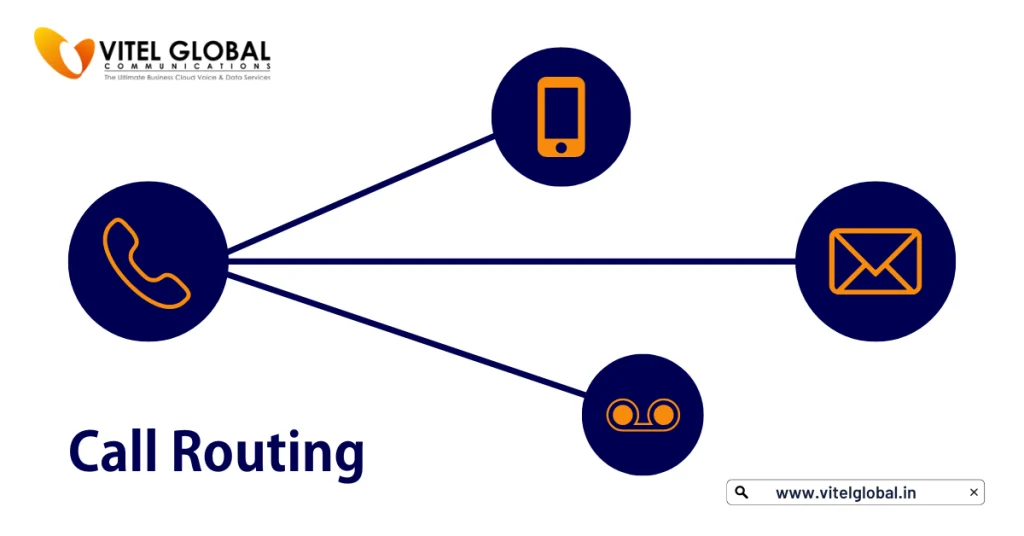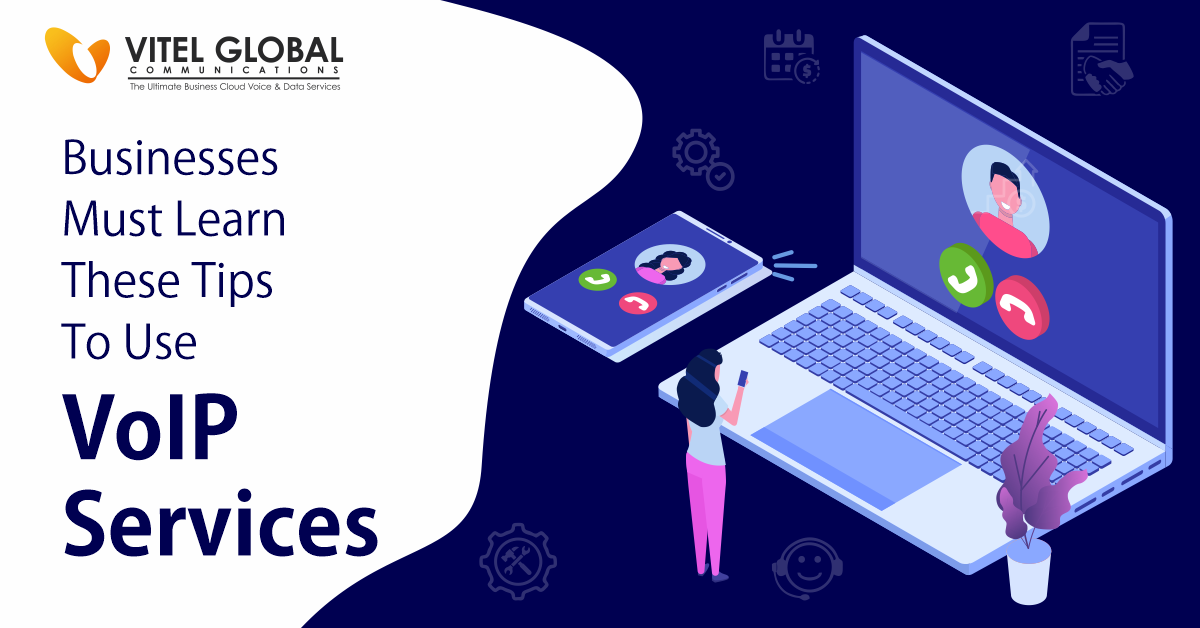Table of Contents
Call Routing is an essential business calling feature. When a customer calls a company’s support team, it is not surprising that he has to wait on hold. But if the call is immediately transferred to the respective executive who can solve the issue in no time, it is impressive. Right?
Is Call Routing Necessary?
Yes! Call routing is a very handy feature that VoIP service providers include in the plans that are designed for telemarketing and customer care teams. It can minimize the customer’s waiting time and frustration. Thus it can encourage customer satisfaction therefore it is one of the essential calling tools a business must have. Better make sure that your agents don’t get overwhelmed if there is a greater call flow. Your team can really benefit from having an effective VoIP call routing system.
Let’s go with a better understanding of what it is and how it works right now.
Vitel Global is a leading VoIP Service Provider that can enrich your business with the best call-routing strategies you can deploy for an effective customer experience. Now, let us talk about how it can benefit a business.
How does call routing work?
The Call routing system is pre-programmed with its set of rules. It processes, queues, and distributes incoming calls. Hence it is called an automatic call distribution (ACD) system.
It is an Asset to your Business:
The advantages of call routing are numerous. Your call centers and business phone systems can get better by call routing. It can manage to erase wait times and ensure your customer receives prompt and effective assistance with their issues. This can lead to an agent’s productivity and efficiency as it can optimize workflow processes.
How customers benefit from Call Routing;
Reduced wait times:
Probable customer phone calls to customer support are generally problem-related. When calls reach automatically to available agents, it can help in reducing waiting times.
Faster resolution:
Maybe your team is always ready to serve the customer. The customer’s call has to reach the assigned person to resolve it quickly. By this, agents can quickly assist customers and resolve issues. You can expect more improvement in this when skill-based routing is utilized.
This is due to the fact that the call routing feature selectively routes the calls to the experienced executive necessary to address the customer’s issue.
Workforce management:
This generally regards contact centers. Any call center manager tends to ignore his/her agents as they assist customers. Call routing can easily balance the workload of the staff and helps your team not to become overwhelmed by more and more inbound calls at the same time. This means that your team can simultaneously concentrate on productivity and customer service.

Some advantages how employees benefit from Call Routing are the following next;
Higher efficiency:
Robotized system can save the employee from becoming a bot! So, the call-directing feature permits your team to help clients increase efficiency.
Productive Performance:
With the such enhancement in the skills and proper distribution of incoming calls, your assigned agents can improve the skills they already have. They’ll be able to resolve tickets more quickly and accurately thanks to this technology.
Balanced workload:
A call routing system can share the number of calls evenly among the call center team to generate and improve a balanced workload and prevent overworking in your team.
Do you know how calls are routed in a call center?
Let’s go through all the phases involved in call routing step by step:
The first Phase of Routing:
This is the qualifying phase. Generally, call centers route a call through an Interactive voice response (IVR) tool. In this first step of the process, the feature is loaded with a series of pre-recorded questions and answers. At the least possible, one can use IVR systems to identify the caller’s objective.
Call Queuing:
The automatic call distributors (ACD) queue the caller’s responses to the IVR. This feature has the ability to prioritize and share the inbound calls according to the query, required skills to solve, and waiting time. Requirements rely upon the steering rules you pre-program.
Call Distribution:
After the calls are queued, the next step is to route them to their respective agents. The call distribution method is pre-determined by the organization. It is similar to the call queueing procedure. Suppose your VoIP Service Providers included the option of a talk-time distribution strategy in your system. It can direct the callers to an executive who has worked the least to reduce the agent’s idle time.
Do you know the types of call routing that exist?
Fixed Order Calls: These are generally routed to the first executive in the line, regardless of this feature. If the first one is unavailable, the call will reach the next agent.
Based on the Skill: Some guests reach specialists with the essential abilities to address their interests.
Rotary: The assignment can be rotated between agents with the Rotary option. Through this, the first agent will receive the second call only after all the others answer a call each.
Percentage: You can assign a certain percentage of calls to a specific team with percentage routing. It is possible to divide calls among various teams, with a percentage going to one team and the other part going to another team.
Talk-time: The ACD assigns the call to the one with the least amount of talk time.
Time-based: Calls are only routed through Time-Based agents. For example, calls can reach during business hours or at certain times of the day.
The distinction between Call Routing from Call Forwarding:
The call-forwarding feature can route a call to the device or phone number that the person is using at the time. Because it helps the team to take calls from any location. It is an essential feature for business phone systems.
A call management feature that can queue and distribute inbound calls to a team of agents is call routing. This, unlike call forwarding, is frequent in contact centers to manage a high volume of incoming calls.
Customer Satisfaction:
Any contact center’s primary objective is to resolve customer issues. If the customer’s call reaches an appropriate agent within the business equipped to assist them quickly, this feature can strategize and can work for better customer satisfaction. Hence, the brand’s reputation improves because of good customer and agent relationships.
That’s it For Now:
To conclude, the feature of call routing is very useful for businesses of any size. Workforce management and human resources management can benefit from a routing system, including customer service. It reduces employee stress and improves agent-customer relationships.
Vitel Global offers the most cost-effective yet dependable routing services for businesses. We make complex call-handling tasks simpler with intelligent and profound routing features. Our features include many options like skill-based routing and interactive voice response (IVR).
Vitel is the one-stop solution with essential business plans such as call routing. We support our clients to help them improve customer satisfaction and streamline their workflow.
Manage inbound calls efficiently and easily with call routing. For more information on call routing and other call management tools for customer experience, click to get a Free live Demo to check out Vitel Global Contact Center’s full product features.





